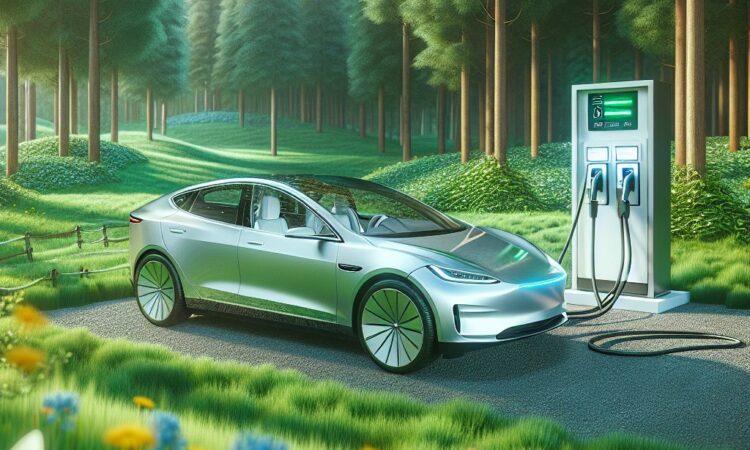Electric vehicles: The future of transportation
Electric vehicles (EVs) are becoming increasingly popular as governments around the world set ambitious targets for reducing carbon emissions. EVs produce zero tailpipe emissions, making them a cleaner and more sustainable alternative to gasoline-powered vehicles.
There are a number of advantages to driving an EV. EVs are typically cheaper to operate and maintain than gasoline-powered vehicles, and they can be plugged in to charge at home or at public charging stations. EVs also offer a number of performance benefits, such as instant torque and acceleration.
The EV market is growing rapidly, with new models being introduced all the time. In 2022, global EV sales reached a record 6.6 million units, representing a year-over-year increase of 108%. This growth is expected to continue in the coming years, with analysts predicting that EV sales will reach 20 million units by 2025 and 60 million units by 2030.
Governments around the world are supporting the adoption of EVs through a variety of policies, including purchase incentives, tax breaks, and investments in public charging infrastructure. For example, the United States government offers a federal tax credit of up to $7,500 for the purchase of a new EV. Many states also offer additional incentives, such as rebates and sales tax exemptions.
The shift to electric vehicles is essential to meeting our climate goals. EVs play a vital role in reducing greenhouse gas emissions from the transportation sector, which is one of the largest sources of emissions worldwide.
**Footer**

